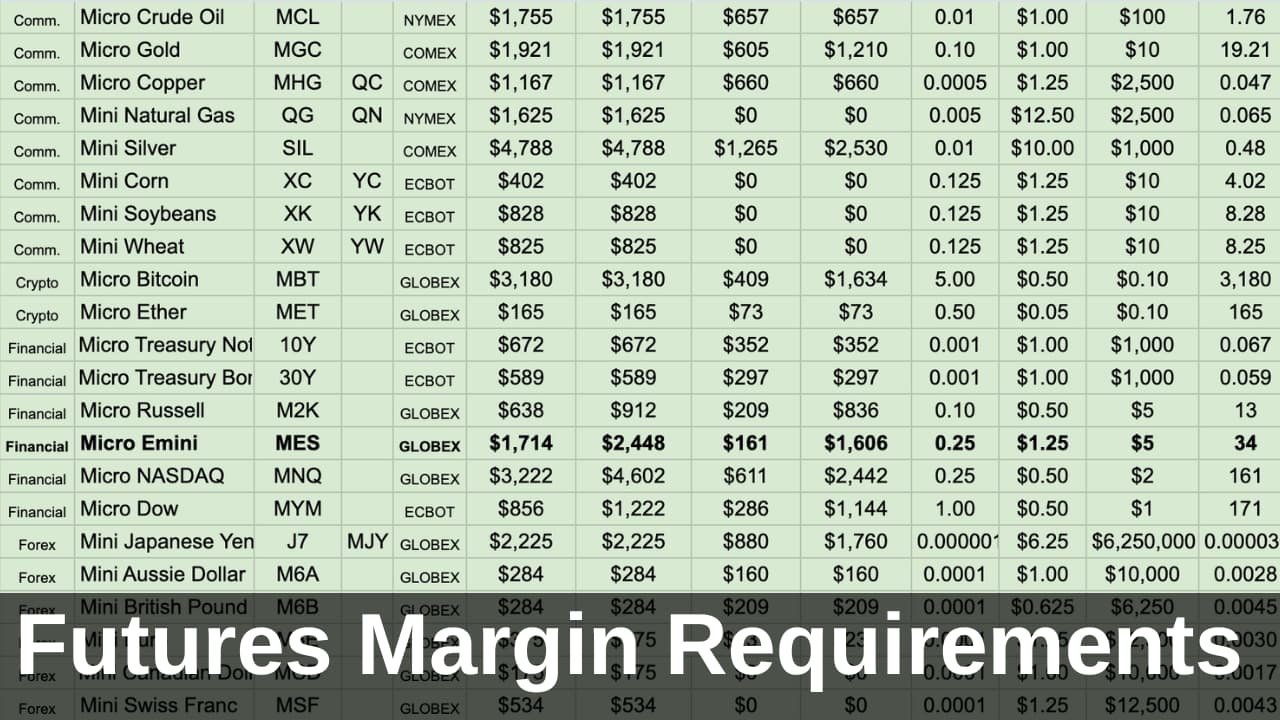Live Data from Interactive Brokers and TradeStation
What is the difference between initial margin and maintenance margin in futures trading?
Initial margin is the amount a trader must deposit to open a futures position. Maintenance margin is the minimum account equity that must be maintained once the position is open. Both margins serve as a form of risk management for the broker and the trader, helping to ensure that the trader can meet their obligations in the futures market.
The difference between initial margin and maintenance margin in futures trading lies in their purpose and the level at which they are set. Both are types of performance bonds that traders must deposit with their brokers to open and maintain a futures position, but they serve different functions.
Initial margin is the amount of money a trader must deposit with their broker when they first enter into a futures contract. This deposit acts as a form of collateral to ensure that the trader can fulfil their obligations under the contract. The initial margin is usually set as a percentage of the contract’s total value and can vary depending on the specific futures contract and the volatility of the underlying asset.
Maintenance margin, on the other hand, is the minimum amount of equity that must be maintained in a trader’s margin account after the position is already open. If the market moves against the trader’s position and their account equity falls below the maintenance margin level, the trader will receive a margin call from their broker, requiring them to either deposit additional funds or close some or all of their positions to bring their account back to the required maintenance margin level.
What is the difference between intraday initial margin and overnight initial margin in futures trading?
In futures trading, the difference between intraday initial margin and overnight initial margin lies in the time frame during which the positions are held and the associated margin requirements. Intraday initial margin is generally lower than overnight initial margin.
Intraday initial margin refers to the margin requirement imposed by brokers for positions that are opened and closed within the same trading day. Since intraday trading involves a shorter time frame, the risks and price fluctuations are generally considered to be lower compared to holding a position overnight. As a result, brokers may require a lower initial margin for intraday trading, allowing traders to utilize more leverage during the day.
Overnight initial margin, on the other hand, is the margin requirement for positions that are held beyond the close of the trading day and into the next trading session. Holding a position overnight exposes the trader to the risk of price gaps or significant market movements that can occur when the market is closed or during overnight sessions. To account for this increased risk, brokers typically require a higher initial margin for overnight positions compared to intraday positions.




